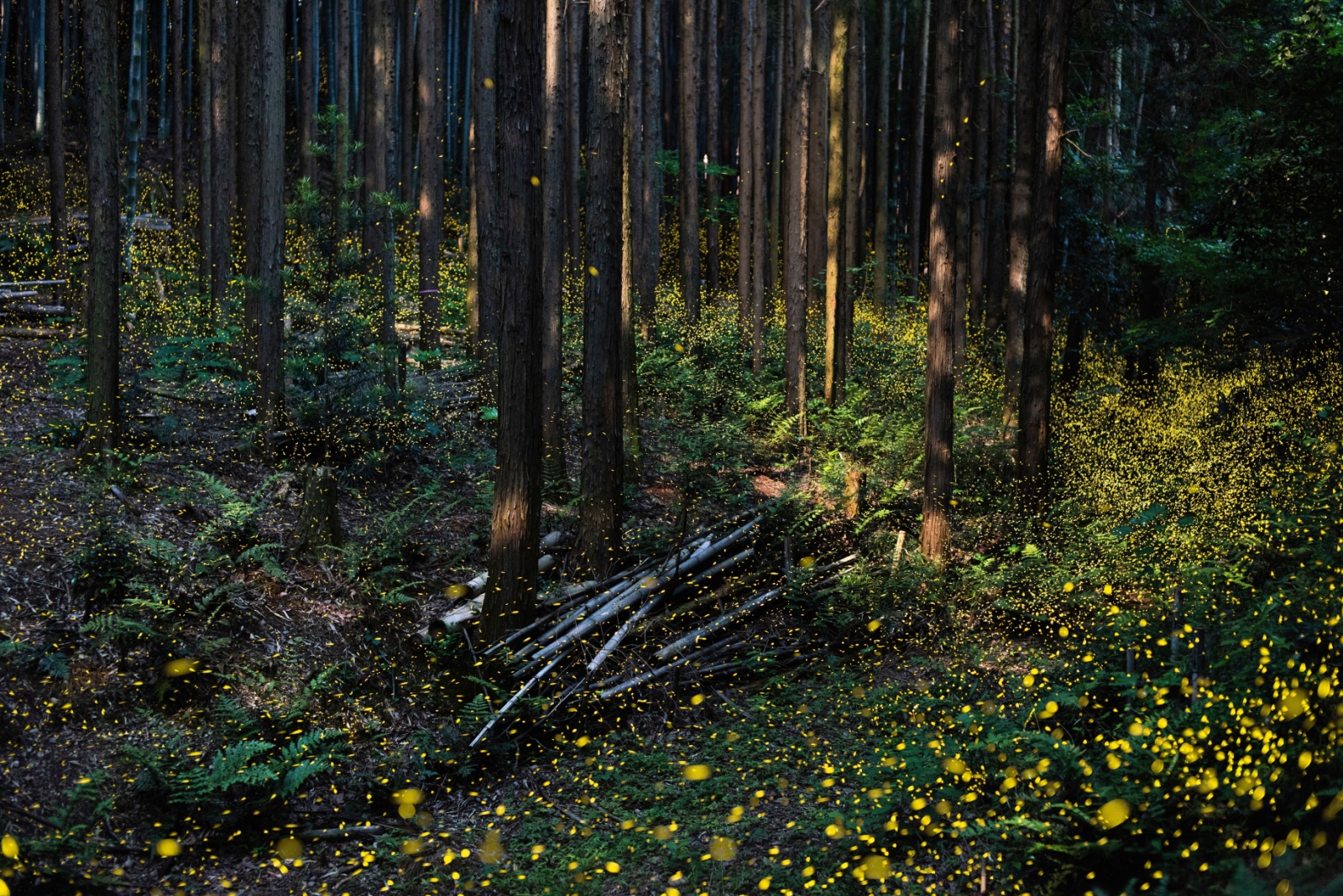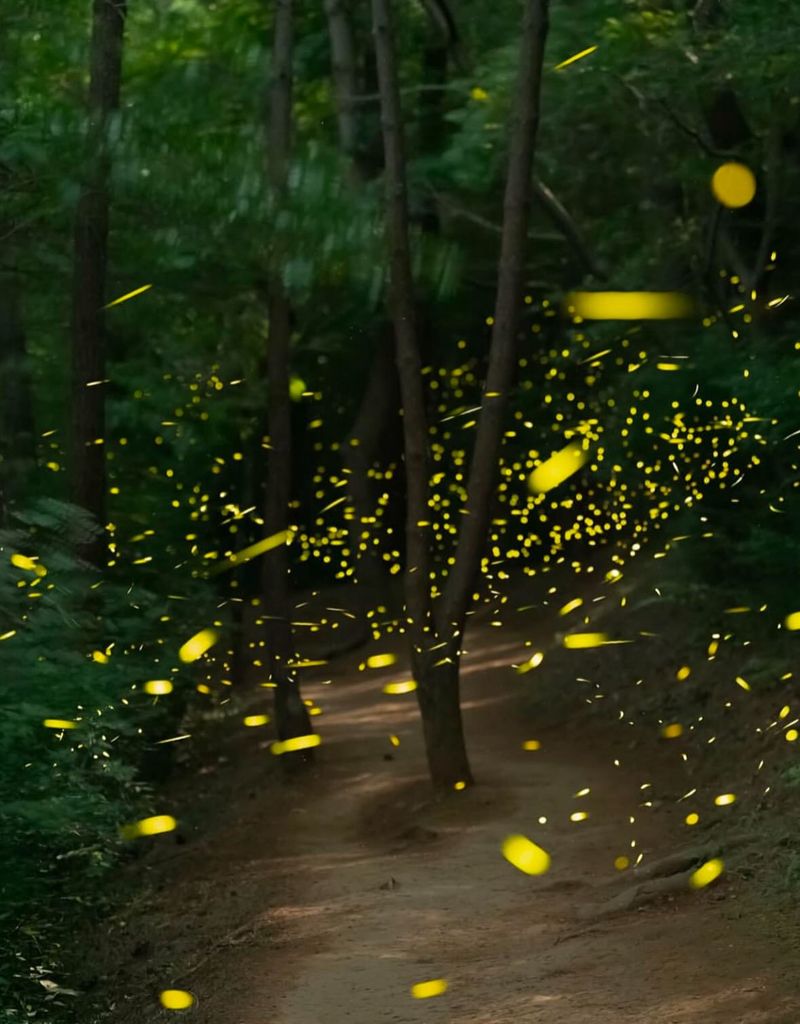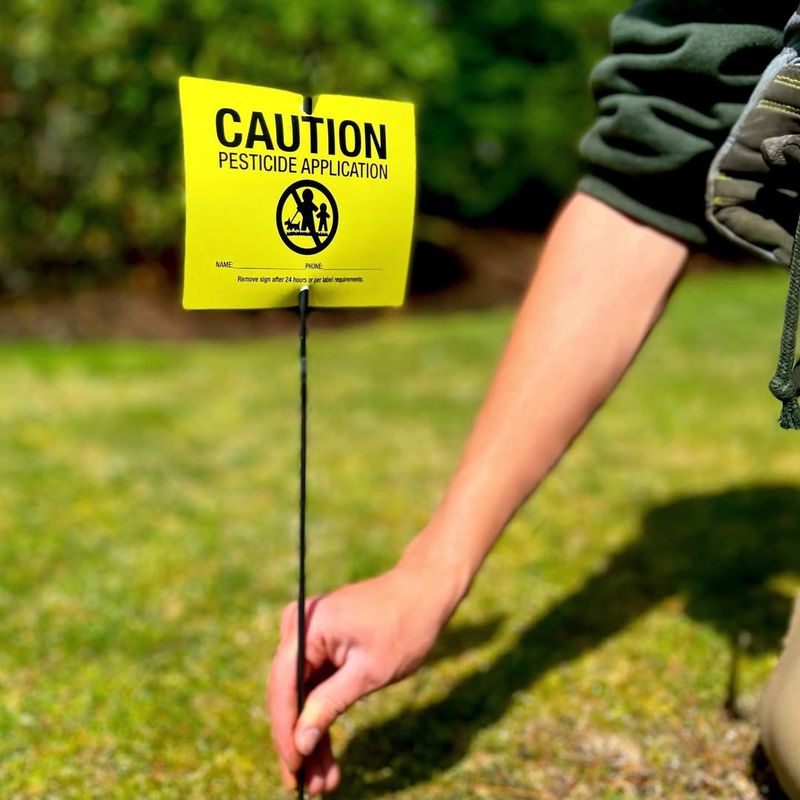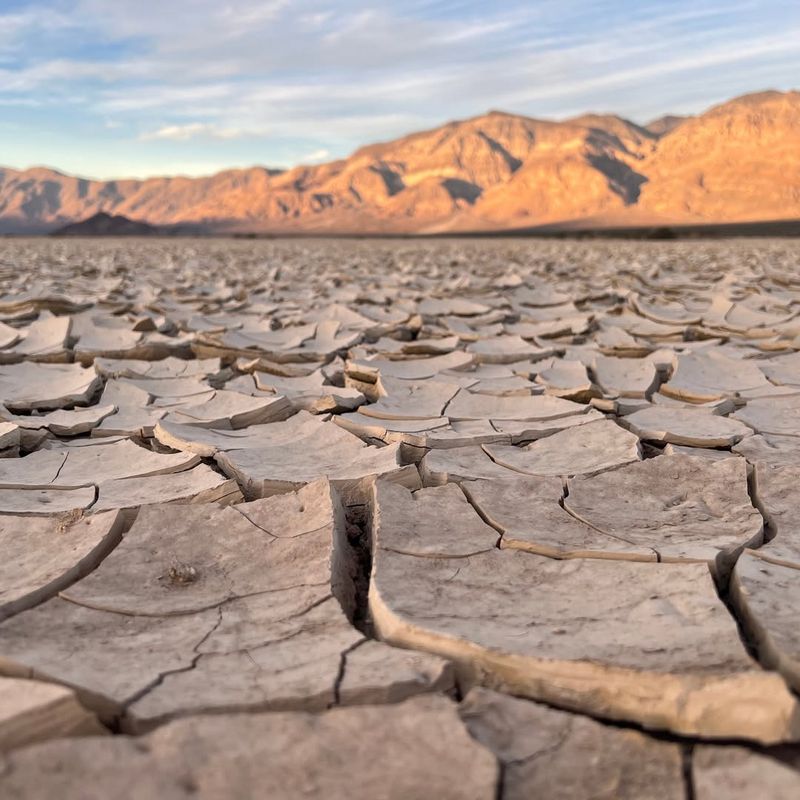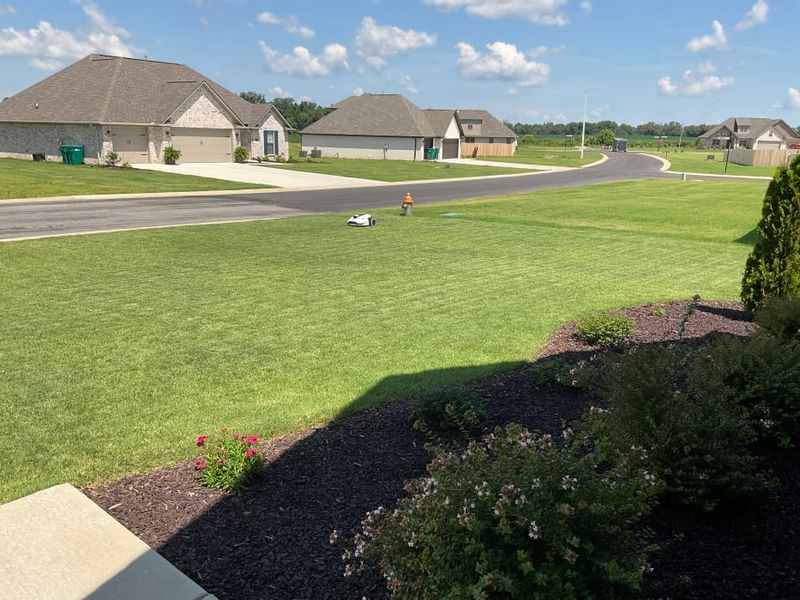Summer nights in Ohio feel a little dimmer lately, and many residents have noticed fewer fireflies flickering across fields and backyards. These insects depend on specific conditions to survive, and several changes in the landscape now work against them.
Habitat loss, shifting weather patterns, and light pollution all play a role. The glow is fading, and the reasons reach far beyond simple seasonal variation.
1. Loss Of Natural Habitats
When forests get cleared for new buildings and neighborhoods, fireflies lose the homes they need to survive. Tall grass, leaf litter, and moist soil provide perfect places for firefly larvae to grow and hunt for food.
Without these natural spaces, young fireflies cannot complete their life cycle. Ohio has experienced significant urban sprawl over recent decades, replacing wild areas with concrete and manicured lawns that fireflies cannot use as habitat.
2. Artificial Light Pollution
Bright streetlights, porch lights, and stadium lights have turned Ohio’s nights much brighter than nature intended. Male fireflies flash their lights in specific patterns to attract females, but artificial lighting drowns out these important signals.
Imagine trying to have a conversation at a rock concert—that is what fireflies experience near bright lights. Cities and suburbs create so much light pollution that fireflies cannot find mates, which means fewer baby fireflies get born each year.
3. Pesticide And Chemical Use
Homeowners and farmers spray chemicals to destroy mosquitoes and other bugs, but these pesticides do not discriminate between pests and beneficial insects. Firefly larvae spend up to two years living in soil and leaf litter, where they absorb harmful chemicals.
Even small amounts of pesticides can affect firefly larvae or make them sick. Lawn treatments and agricultural chemicals wash into streams and wetlands where fireflies breed, creating toxic environments that prevent these delicate insects from thriving.
4. Climate Change Effects
Rising temperatures and unpredictable weather patterns have disrupted the careful timing fireflies rely on for survival. Warmer springs cause fireflies to emerge earlier, sometimes before their food sources are available.
Droughts dry up the moist environments firefly larvae need, while extreme storms wash away eggs and young insects. Ohio has experienced more weather extremes in recent years, creating conditions that make it harder for fireflies to complete their multi-year life cycles successfully and produce the next generation.
5. Water Quality Problems
Many firefly species lay their eggs near streams, ponds, and wetlands, but pollution has degraded these water sources across Ohio. Agricultural runoff carries fertilizers and animal waste into waterways, reducing oxygen levels that aquatic firefly larvae need.
Storm drains funnel motor oil, road salt, and trash into creeks where fireflies once thrived. When water becomes too polluted, firefly larvae cannot survive, breaking the reproductive cycle. Healthy wetlands and clean streams are essential for maintaining strong firefly populations throughout the state.
6. Excessive Lawn Maintenance
Perfect, golf-course-style lawns have become popular across Ohio, but this trend hurts fireflies significantly. Frequent mowing destroys the tall grasses and wildflowers where adult fireflies rest during the day.
Raking away leaves eliminates the habitat firefly larvae need for shelter and hunting. Many people also remove fallen logs and brush piles that provide crucial hiding spots. Fireflies prefer messy, natural yards with diverse vegetation, not the sterile, manicured landscapes that dominate suburban neighborhoods today.
7. Declining Prey Populations
Firefly larvae are fierce predators that hunt snails, slugs, and earthworms in soil and leaf litter. When these prey species decline due to habitat loss and pesticides, young fireflies starve.
Adult fireflies eat pollen and nectar, but fewer native wildflowers mean less food availability. Ohio has lost much of its native plant diversity to invasive species and development. Without adequate food sources at every life stage, firefly populations cannot sustain themselves, creating a downward spiral that affects entire ecosystems.

